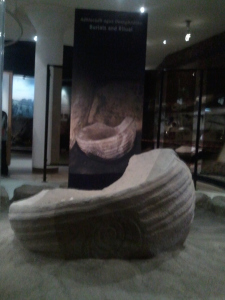Legend of the Holy Grail and Its Possible Celtic Inheritance
We could talk about ad infinitum about the Quest for the Holy Grail. In general, though, in medieval legend, the Holy Grail is the cup used by Jesus at the Last Supper, and in which Joseph of Arimathea received Christ’s blood at the cross. Various versions of the Arthurian legends written from the early 1200s onward describe quests for it undertaken by medieval knights.
Some scholars believe that the holy grail may contain both tropes of the magical cauldrons from Celtic mythology with the Christian legend surrounding the Last Supper. Let me share with you the cauldron from Celtic Mythology.
The Tuatha De Danann, or people of the goddess Danu, are a supernatural race in Irish mythology. They came from four cities to the north of Ireland: Falias, Gorias, Murias, and Finias, where they aquired their magical attributes. They also brought one magical item from each of the cities. From Falias, they brought the Stone of Fal. From Gorias came the Spear of Lugh. Finias sent the Sword of Nuadu, and the Cauldron of Dagda came from Murias. I will write about the Stone, the Spear and the Sword another time, but for today, let’s talk briefly about the Cauldron.
Dagda was a Tuatha De Danann, a chieftan and a druid. He was seen as a father figure. He is often described as wearing a cloak. He owned many magical items, including his cauldron. This cauldron, known as the coire ansic, meaning undry, was named so, because it never ran dry. Dagda’s cauldron was never empty and no one ever left it unsatisfied. Now that is a marvelous artifact worth seeking indeed!
